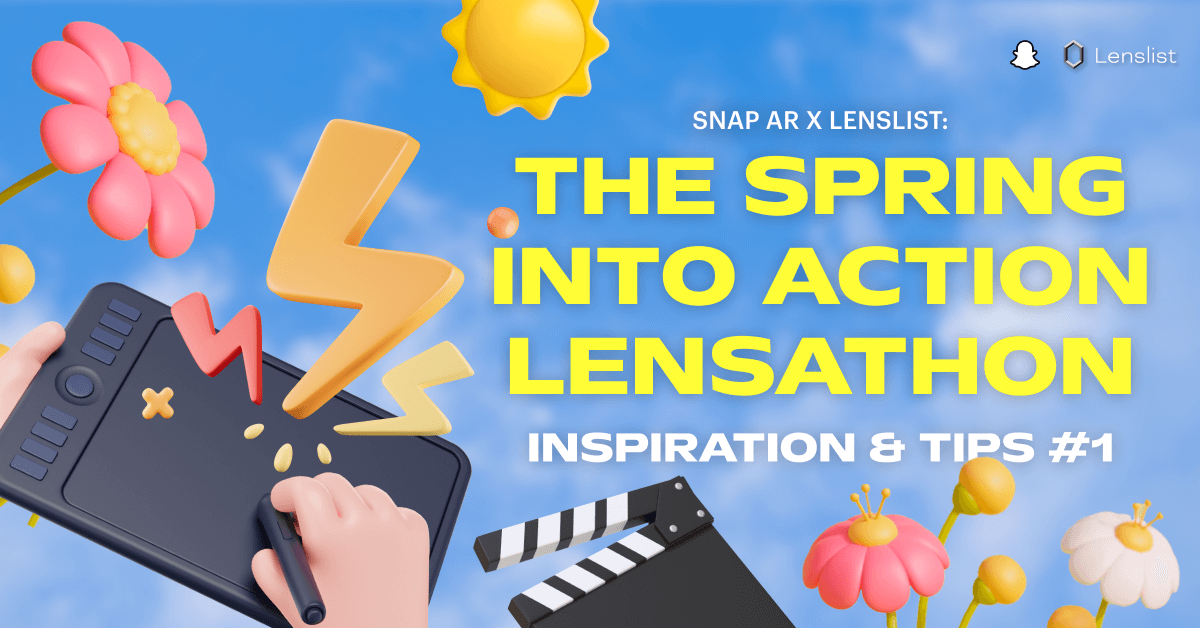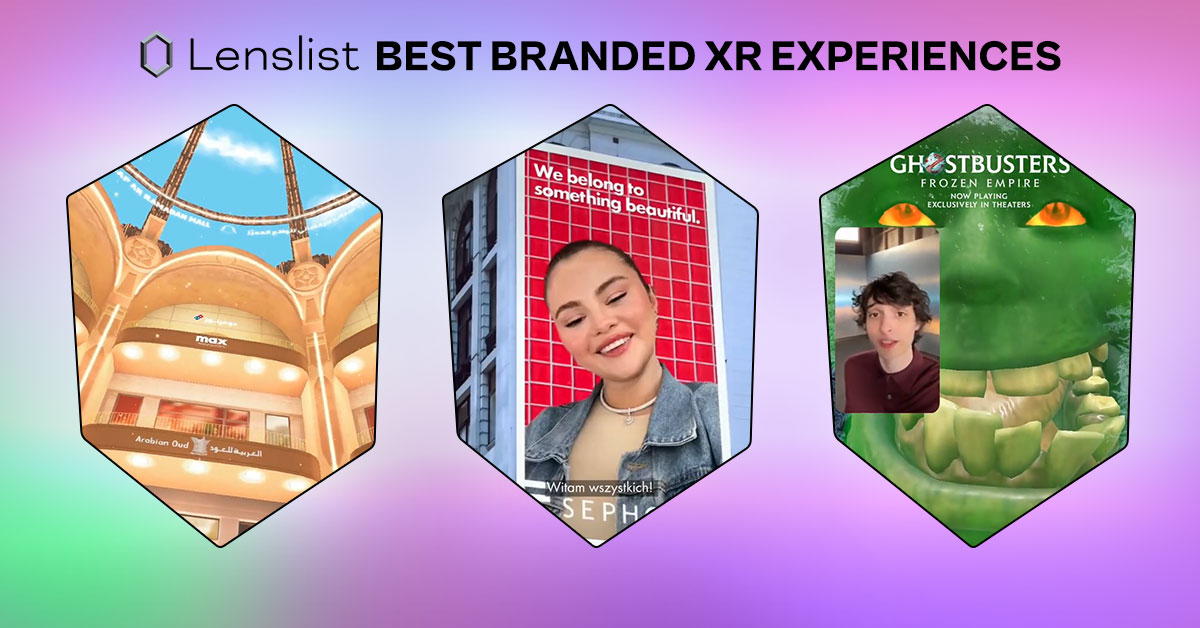Augmented Reality Meets CGI: Marketing’s Dynamic Duo – An Industry Talk with Creative Studio “WE-AR”
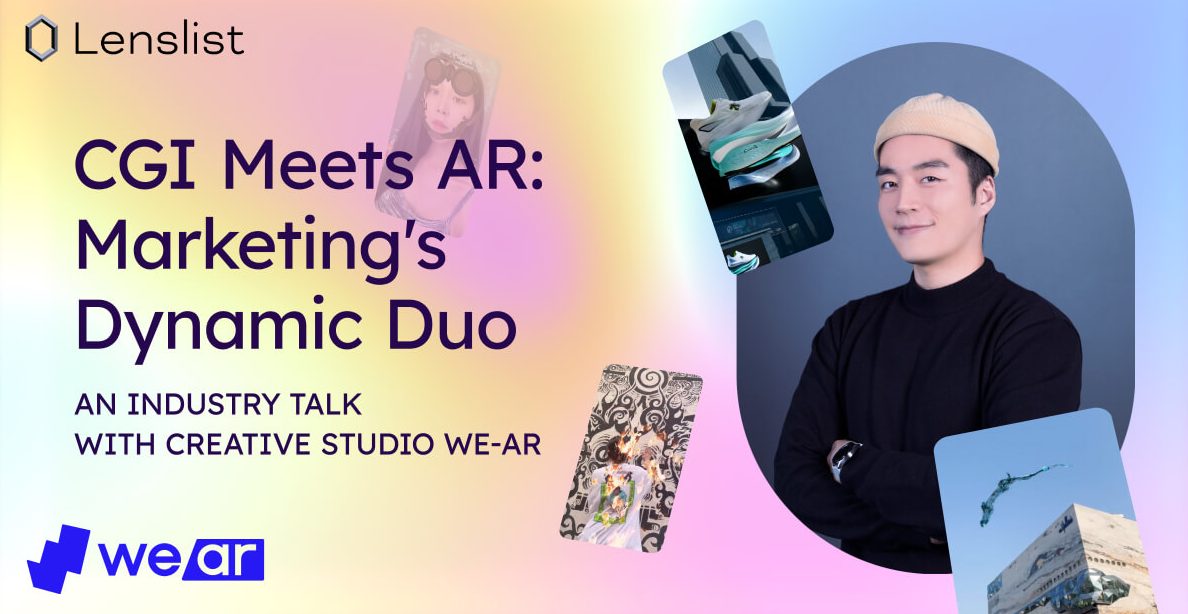
If you work in marketing, you’ve likely noticed the increasing popularity of CGI (Computer-Generated Imagery) advertising. What’s so special about it, and how does it connect with Augmented Reality? Let’s talk about it.
Cutting-edge digital marketing strategies are not reserved strictly for tech brands. Just ask Maybelline or Jacquemus! 🤯CGI advertising, or FOOH (Fake-Out-Of-Home), is the current marketing trend that captivates audiences with jaw-dropping, real-looking animations showcasing products taking over world capitals and iconic monuments. 🤳
And that’s where the similarities with AR begin, but the visual effect itself is definitely not where they end. 👀Both technologies play a significant role in the customer experience, creating long-lasting impressions and, with that, building strong brand loyalty.
According to Heechang An, both are based on the premise of virtual objects appearing in the real world, making CGI fall directly into the category of Augmented Reality.
 Heechang An COO of WE-AR Creative Studio
Heechang An COO of WE-AR Creative StudioDifference between CGI and Augmented Reality
Despite their similarities, recognizing what those technologies have to offer separately is crucial to utilize their potential fully. Connecting their strong features, such as product visualization, while at the same time complementing the projects with their individual traits can become a marketing game-changer and a key to increasing customer engagement.
The main difference between the two is timing. While AR advertising requires users to point their smartphone cameras directly at the object to activate the animation, CGI can be accessed only through previously recorded and edited video without any interaction from the user. Augmented reality feels closer to the customers on a personal level, allowing them to interact with the visual effects in their own space.
CGI, on the other hand, does not face limitations connected to interactive experiences and creates viral campaigns through high-quality visuals that leave a long-lasting impression on the customers.
According to Heechang An, another crucial difference is the issue of dedicated platforms. Whether it’s Snapchat or TikTok, each AR experience has to be designed specifically for them. CGI is more universal, with accessible videos that are easy to share on most social media. Looking more at the technical aspects of both technologies, CGI technology is also less restricted by object quality.
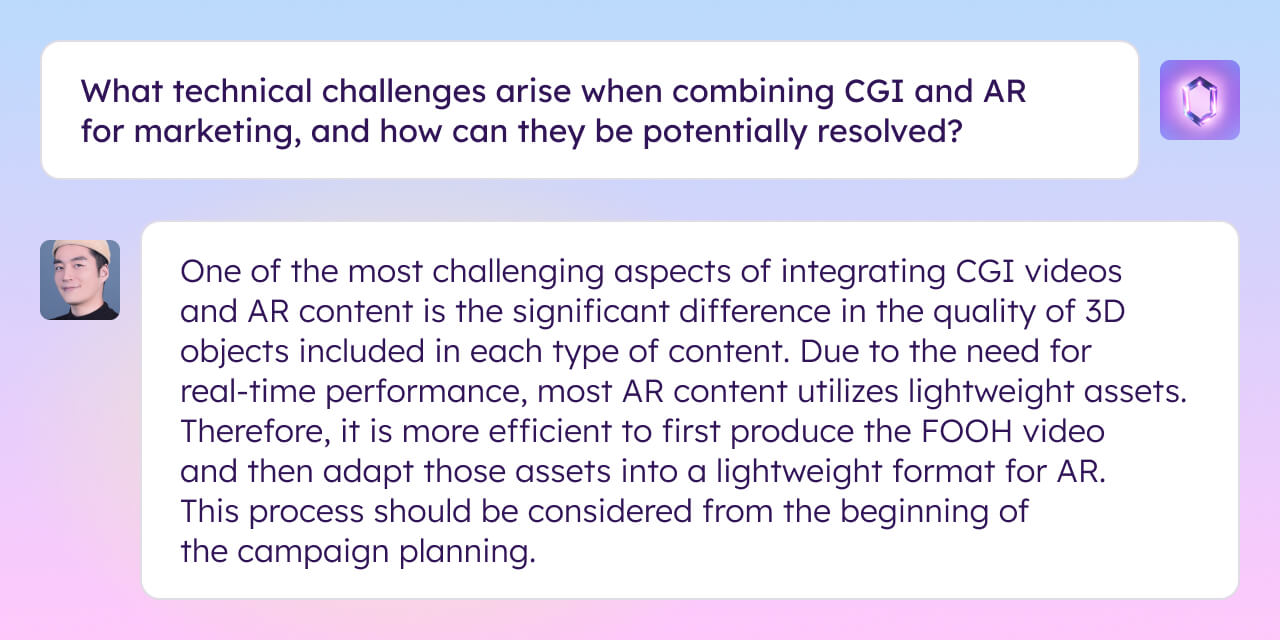
Advantages of CGI x AR marketing campaigns
Overcoming the challenges of entering the digital marketing age allows brands to connect with their consumers and drive conversions. While CGI videos are best when it comes to engagement, such as people tagging their friends to see an amazing video and sharing it on their social media, AR can increase user-generated content.
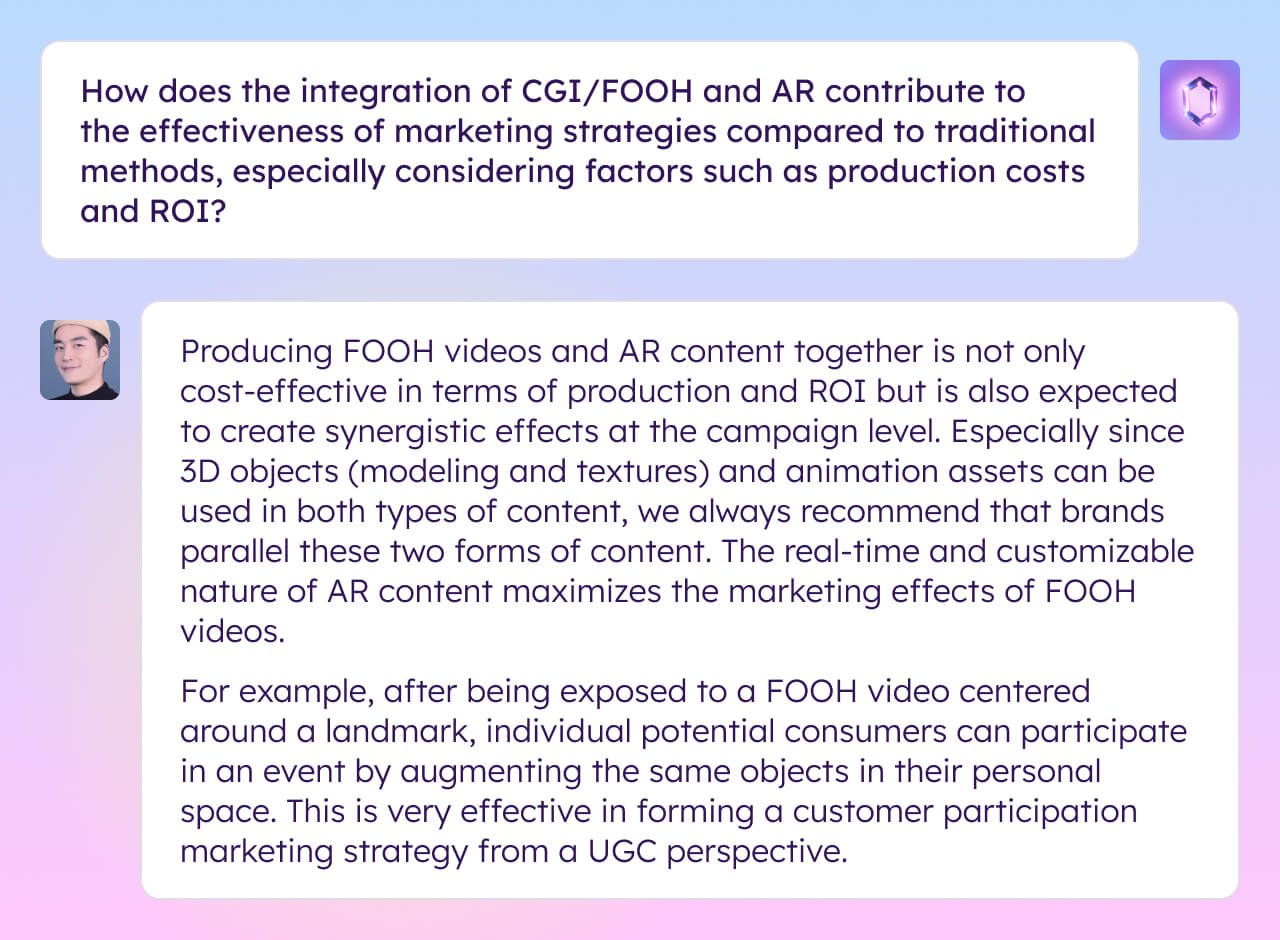
Using branded AR filters, social media users are posting their own photos and videos, spreading brand awareness and inviting other users to join the trend. After all, Engaging your customer is probably the biggest advantage of CGI and AR Marketing.
But how does it work?
Imagine that your client sees the video of the world’s famous landmark transforming with CGI assets on social media, with thousands of likes, comments and shares. Then, the customer, already impressed with the video itself, finds out that they can interact with the landmark in real life, activating the same AR experience right in front of their eyes. This way, customers not only associate your brand with visually stunning campaigns, but also tailored content which they can interact with.
This can also lead to fulfilling modern customers’ needs, which is relatable and customizable content. CGI marketing can reflect what’s trending, and AR filters are the easy way to adjust it to their needs and make them feel a part of it.
CGI marketing campaigns introduced a new level of storytelling. Mixing reality and the digital world, brands are doing more than just showcasing the product.
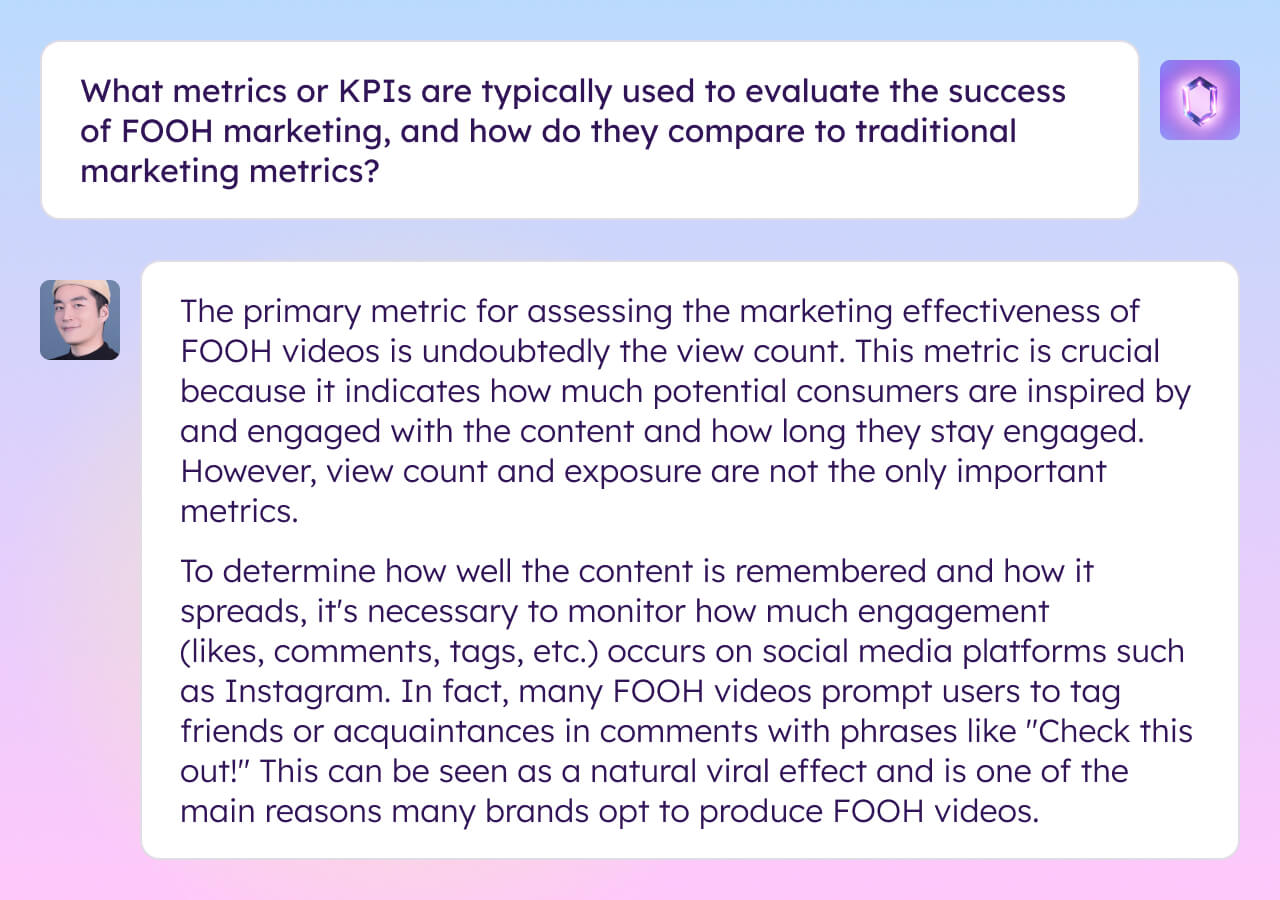
The video can enhance its features through computer-generated imagery, changing the narrative to whatever it wants — whether it involves the transformation of the Eiffel Tower or a dragon flying around the city celebrating a new Chinese Year, there’s a unique story waiting to be told.
Examples Of CGI Marketing Campaigns
What separates CGI marketing from other forms of advertising is not only the shock value it brings. It’s also perfectly fitted for typical user behaviour on social media. Short, animated posts on Instagram, TikTok or YouTube shorts allow customers to access content easily without exhausting their attention span. Especially when it comes to the platform we spend most of our online life anyway.
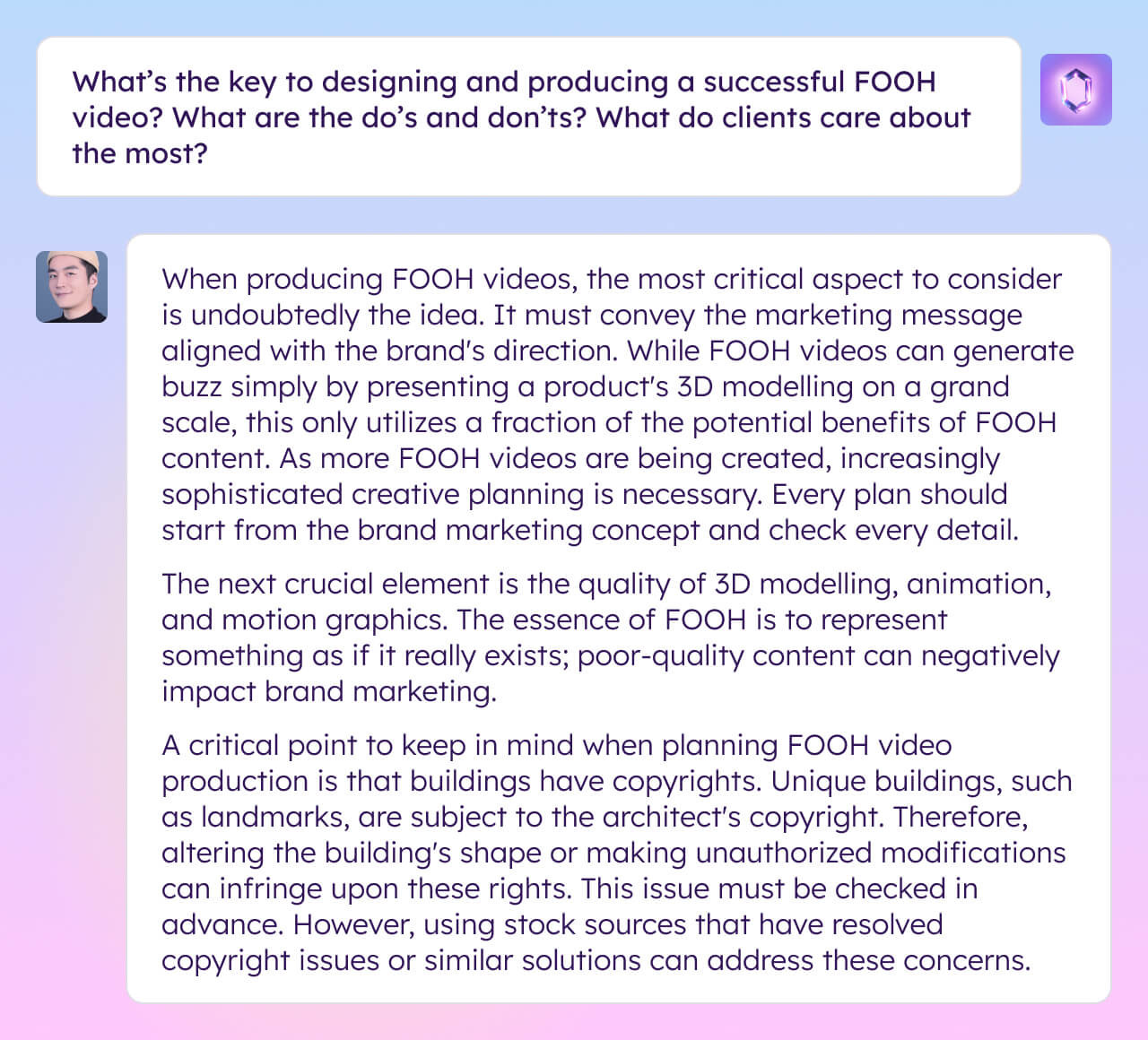
CGI Advertising can look very different, depending on the goal, the brand, and the product itself. While the main rule of CGI campaigns is “The imagination is the limit”, it’s important to remember what we, as marketers, want to say to our customers.
Heechang An with WE-AR Studio worked on several CGI marketing Campaigns and unveiled the secrets behind them.
FOOH video for Chupa Chups
It was depicted as if a Ferris wheel themed after Chupa Chups was installed under a famous landmark in Seoul, South Korea. It garnered millions of views and effectively spread across social media, with numerous consumers reporting they visited the actual location.
FOOH video for Descente
It was created by filming an actual DOOH (Digital Out Of Home) video advertisement and then overlaying it with 3D objects and animations that are realistically impossible. This approach synergized with the video advertisement, resulting in very positive brand responses.
FOOH video for System
Set against the backdrop of Sungnyemun, a landmark in Seoul, South Korea. It was created to promote a poster of the brand’s new product. By adding a new impact to the familiar image of Sungnyemun, the video received very positive reactions on social media.
The Potential Of AR & CGI Marketing
The days of plain, static advertising campaigns are over. 🙌 Digital marketing’s target audience — Gen Z— seeks fresh, immersive ways to interact with brands. That’s why CGI marketing is becoming increasingly popular: the physical world is no longer the only place that enables customers to have direct interaction.👾
Shocking your customers with computer-generated models, sparking their interest in the project, and then even allowing them to be a part of it through AR can easily lead to building brand loyalty among customers and driving conversion at the same time.
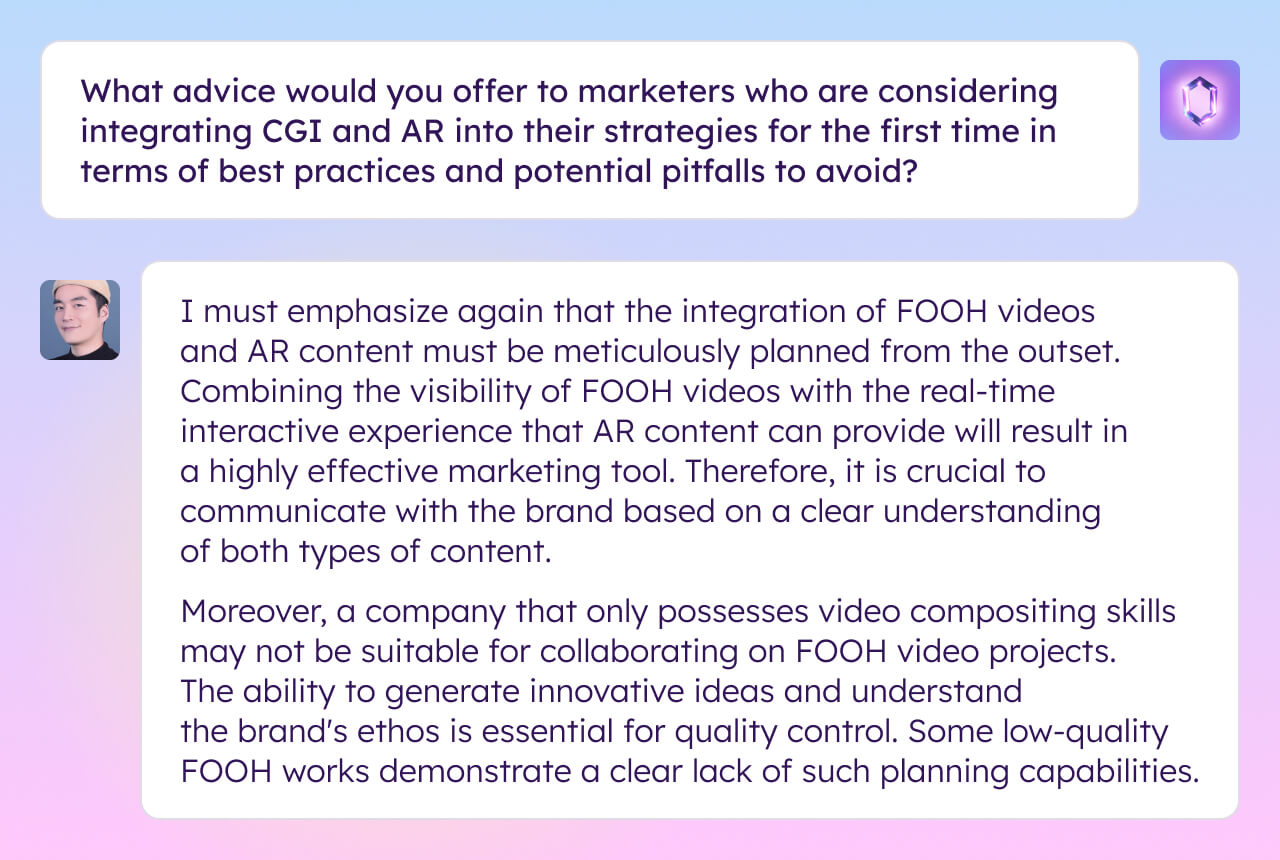
CGI advertising is only expected to grow, especially with inventions like Apple Vision Pro debuting on the market. Who knows? 🤔 Maybe we will witness the merging of virtual and augmented reality, bringing CGI videos from our screens to our real-life spaces. 👓 Its sustainable and timeless form will continue to enhance user behaviour, inviting them to comment, like, and share videos even years after the campaign launch. It’s a nonstop circle of user-generated content, which is all marketers’ dream come true. 👩💻
Want to know more about CGI, FOOH, and AR content creation on any topic? Just ask the experts! Contact WE-AR Studio here.
And if you need more inspiration for your marketing, you can always use our AR Brainstormer, or visit the AR Search Engine!

